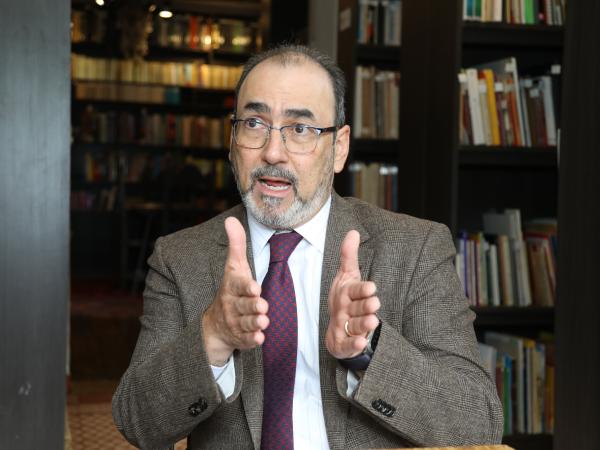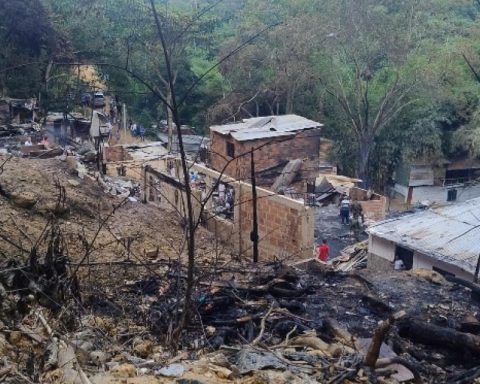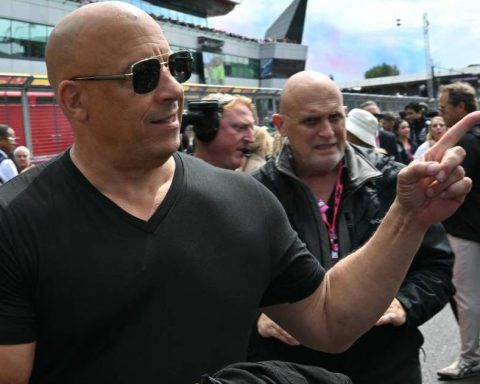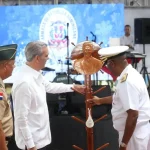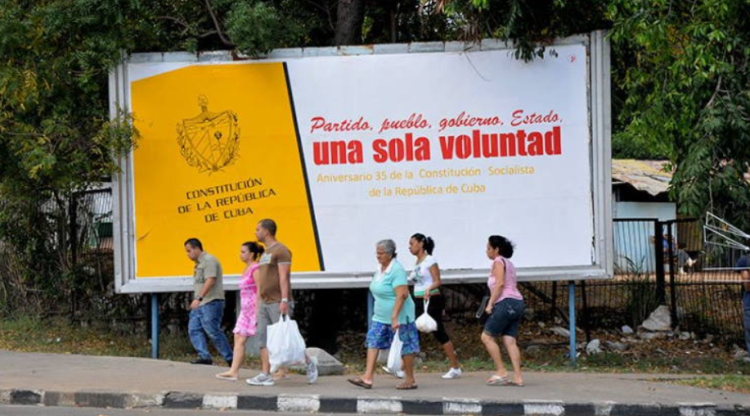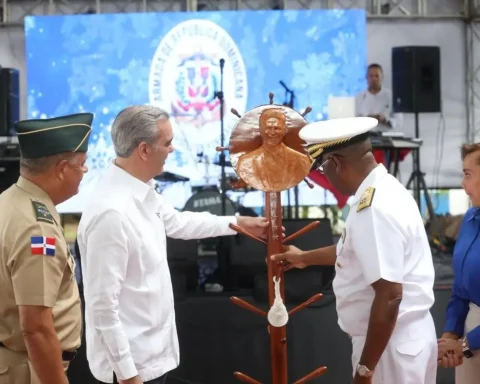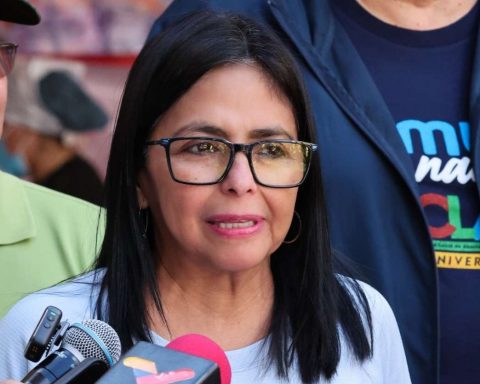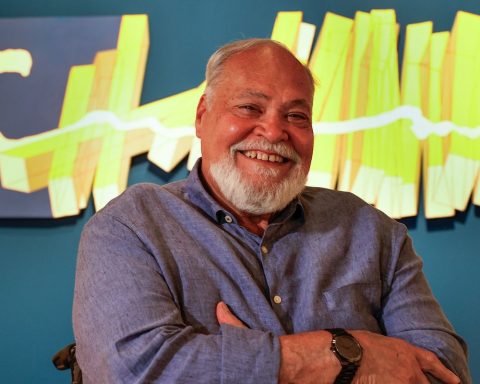Although Latin America and the Caribbean is not currently the epicenter of a crisis, in the current context it requires reforms and adjustments to regain dynamism, said Sergio Díaz-Granados, Executive President of CAF bank, in an interview with Portafolio.
(You may be interested in: Banking explains the role of the Credit Pact in the comprehensive reactivation strategy).
Following the deployment of CAF’s capital increase, how are the resources being allocated?
Last year the bank grew by 9% and this year we are going to grow by 7%, and I believe that next year we will also maintain the rate at 7%, which means we are on track to double the size of the bank by 2030.
The focus is on issues of adaptation and mitigation of climate change. There is a component that we hope to achieve by 2026, of 40% of our approvals as a green bank and the other percentage closely associated with closing poverty and inequality gaps, in more social issues such as education, health and access to drinking water, pending issues in many regions of Latin America.
How are you doing this year?
This year we will have approvals between US$16.8 billion and US$17.2 billion, and disbursements could be around US$9 billion.
How have you felt about the credit crunch?
We are still in the post-pandemic effects and there is a decoupling in inflation in the vast majority of countries.
We have not managed to achieve full convergence in the inflation target and that hurts households’ consumption capacity and deteriorates economic growth processes. We have had very mediocre growth in the region for more than 10 years, and that obviously causes a kind of uneasiness in internal confidence.
(We also recommend: How is the growth of the Colombian economy compared to other countries?).
We need to go to the roots of how to increase this productivity and we have insisted that we must take advantage of the triple transition that the world is undergoing to embed Latin America in this wave as a solution region. I am referring to the issues of energy, ecological and digital transition.
What is the middle ground between ecological and energy transition?
I wouldn’t say there is one transition, but many. Each country will have to identify what its transition will be like and the CAF bank adapts to the needs. Some may put emphasis on gas as an instrument of transition, others may say they want to move more quickly to wind or photovoltaic or geothermal energy. The truth is that we will require the same level of energy that we have today, and probably more, to sustain the level of society that we have today.
And connected to energy is the digital transition. Digital demands are energy demands, such as the growth of artificial intelligence. The transition is not only in the energy matrix, but in the quantity of that matrix. But additionally, the matrix has to help close the fiscal deficit and close poverty.
By moving too quickly to stop using fossil fuels, isn’t there a mismatch of resources for social issues?
It is a country-by-country and case-by-case approach. We will have to identify the replacement of these sources, which are important for the budgets.
These sources will wither away by action or omission and will have to be replaced. There is a fundamental discussion that involves the fiscal frameworks of each country. More investments must be made in capital goods associated with transmission and distribution, and more public investment will probably be necessary so that the kilowatt is not so expensive and does not end up becoming a burden on people’s income, which complicates the process of economic growth and takes away households’ capacity for consumption.
Sergio Diaz-Granados, CAF President.
Milton Diaz
How do you view fiscal stability in the region?
Given the size of the countries and their productive matrices, it is quite decoupled. There are countries that have made great progress in terms of fiscal rules, in the stability of debt in relation to GDP, in the excellence of financial supervision, in the buoyancy of the exchange rate and other essential variables. More or less 35% of the countries have that in order. We have had 30 years of reforms that have not led us to stability. Latin America today is not the great epicenter of the crisis, but recent crises are accumulating and we have to make a series of urgent reforms so that the region regains dynamism, productivity and growth, which is the antidote to many of the problems.
Is green finance working strategically?
It is working at the level of what we can do, taking this to the limits of the banks’ balance sheets. The question is whether what we are doing is sufficient for the size of the problem we have. More investment is required, more projects, and that is where we see a major deficiency in Latin America and the Caribbean, and that is the preparation of projects.
(Besides: Diesel prices by city, after the first increase of almost $2,000).
What is the scope of CAF’s security partnerships?
Citizen security issues are a fundamental pillar for achieving the region’s development goals, both the 2030 agenda and those on climate change. We need the region to regain security because we have more than 20 Latin American cities in the Top 50 of the most violent in the world. This is a phenomenon that is beginning to decimate the region’s growth capacity as well, with GDP growth of between 1 and 1.5%, associated with the levels of insecurity in the region.
The World Bank, the IDB and the CAF have agreed to provide support and knowledge to governments to deal with this insecurity and to finance what is required to control insecurity in our countries. This will help ensure that in the future governments can have a coordinated bank window to provide the financing required for citizen security. The gangs are moving to the level of mutilations and we continue with a security doctrine closer to the 20th century than the 21st century.
Omar G. Ahumada Rojas
Editor-in-Chief of Portfolio
